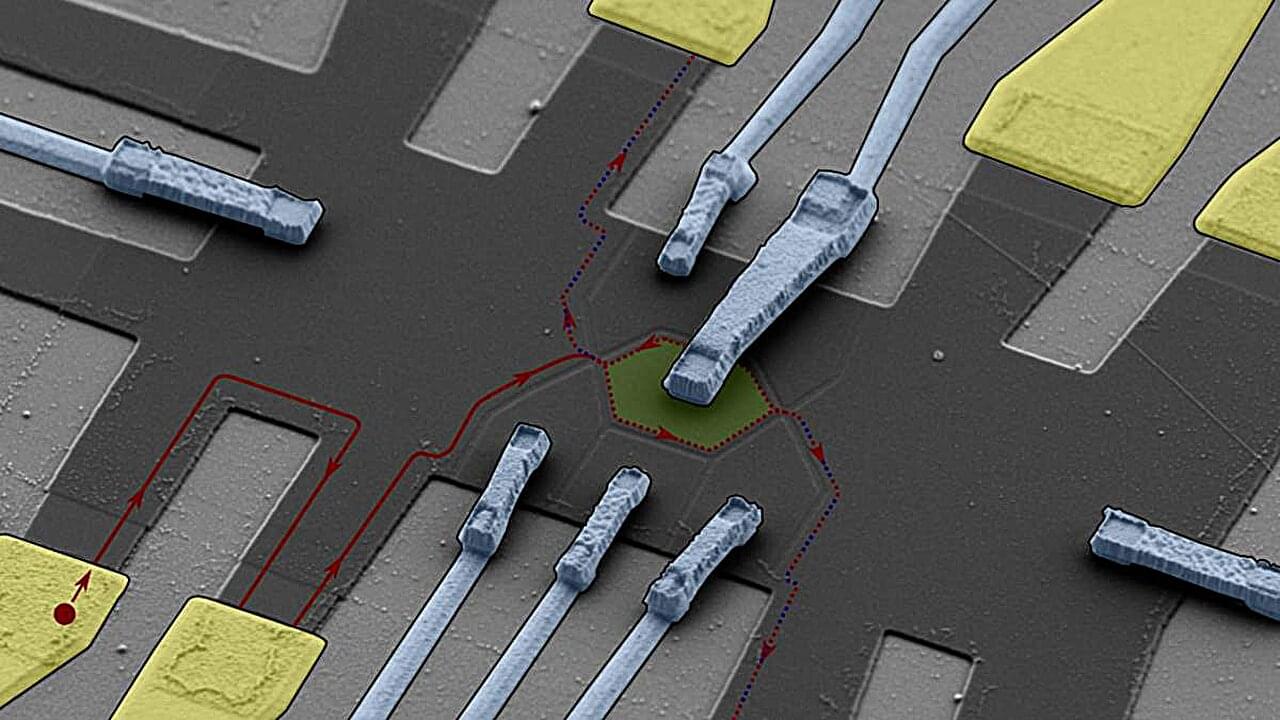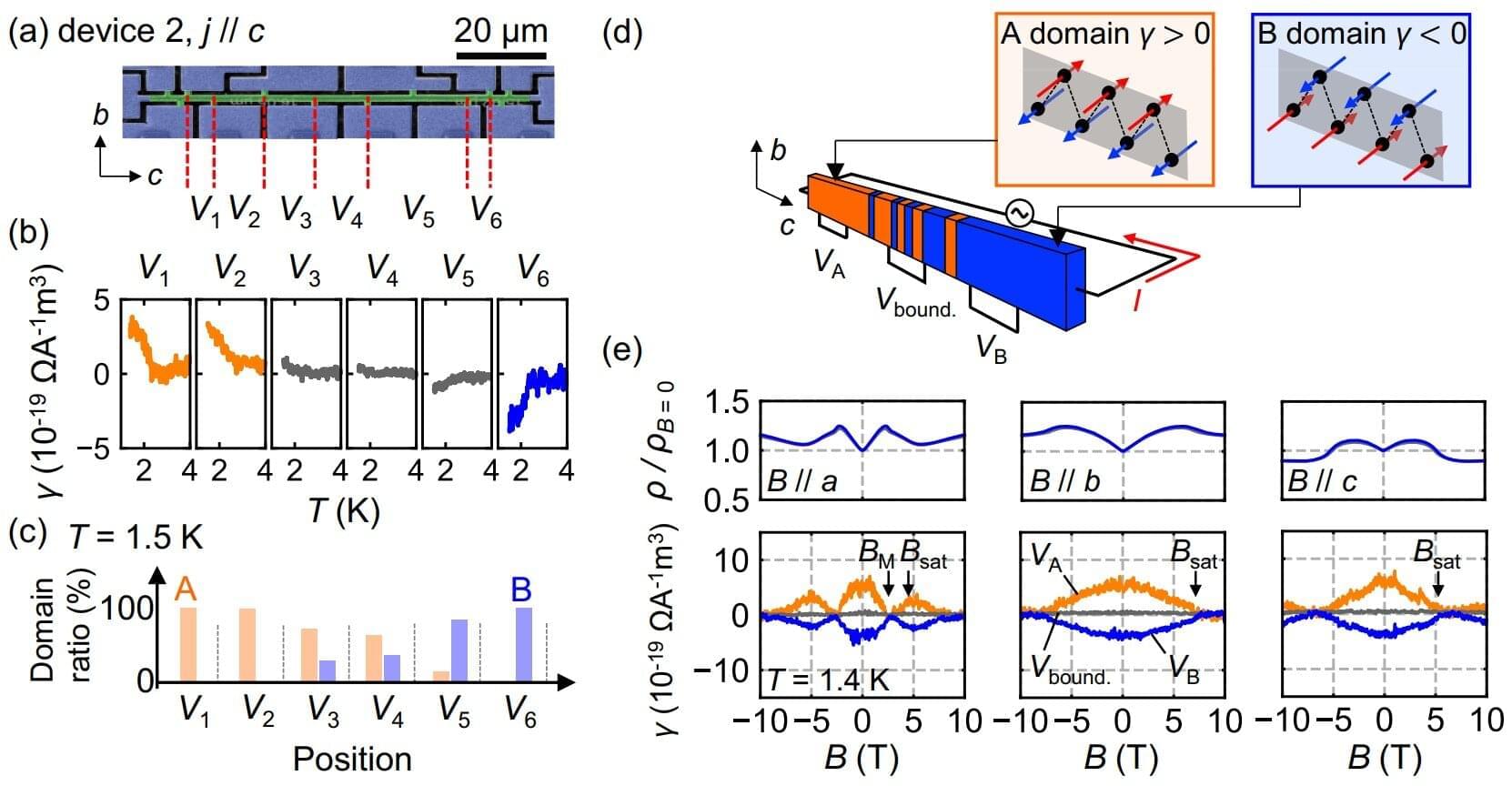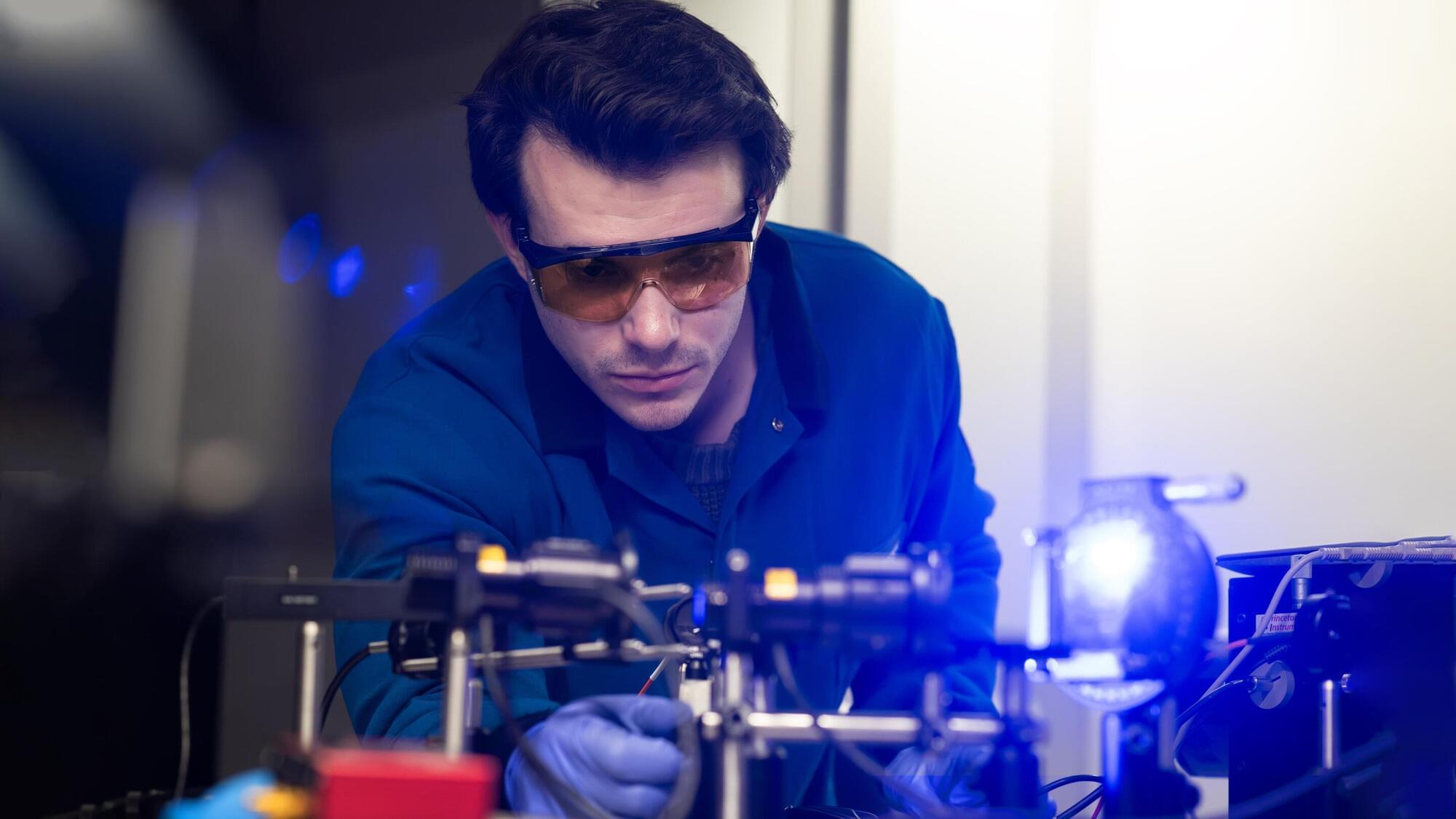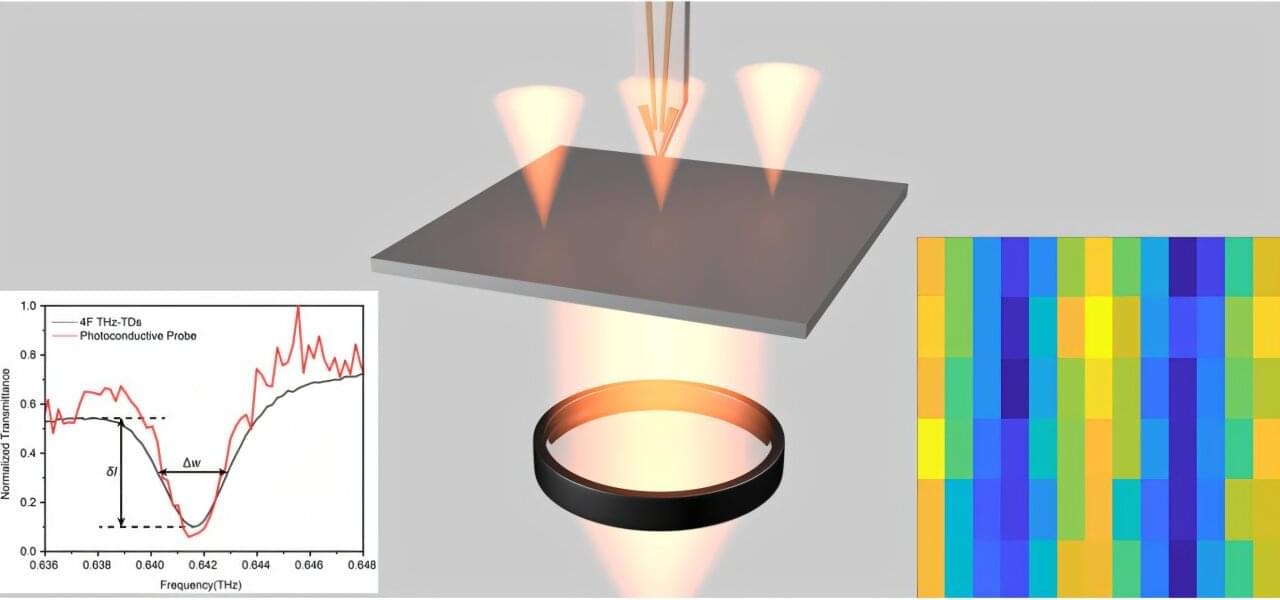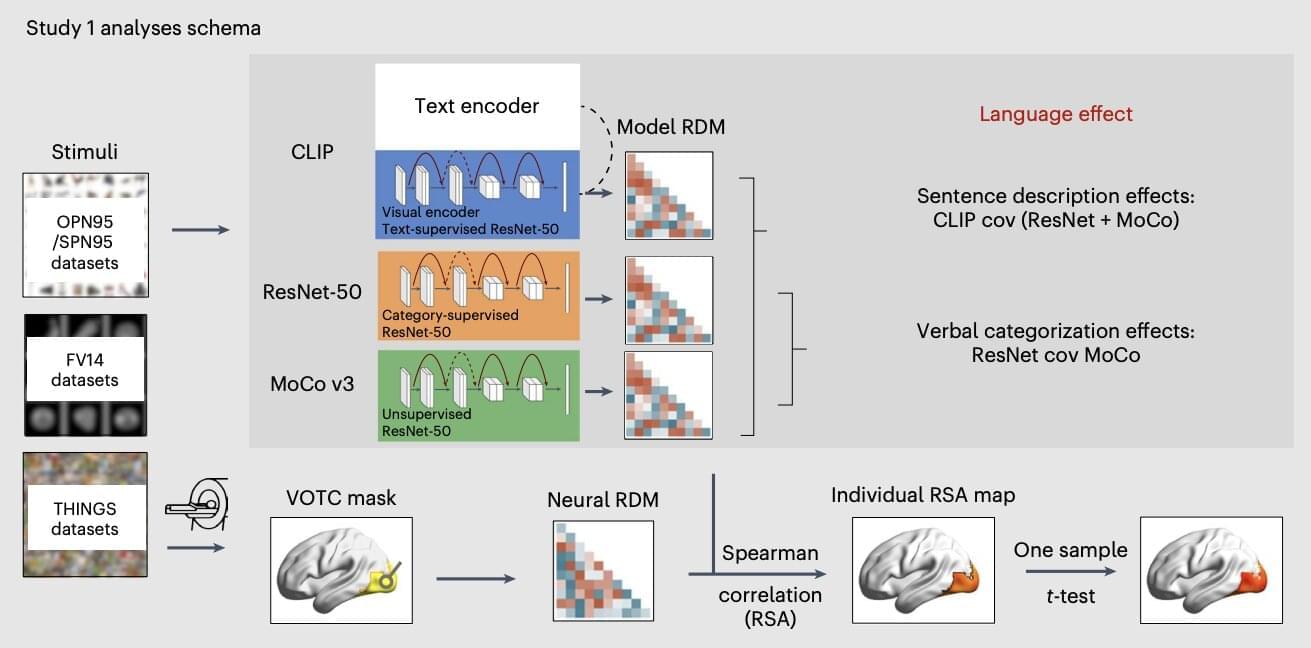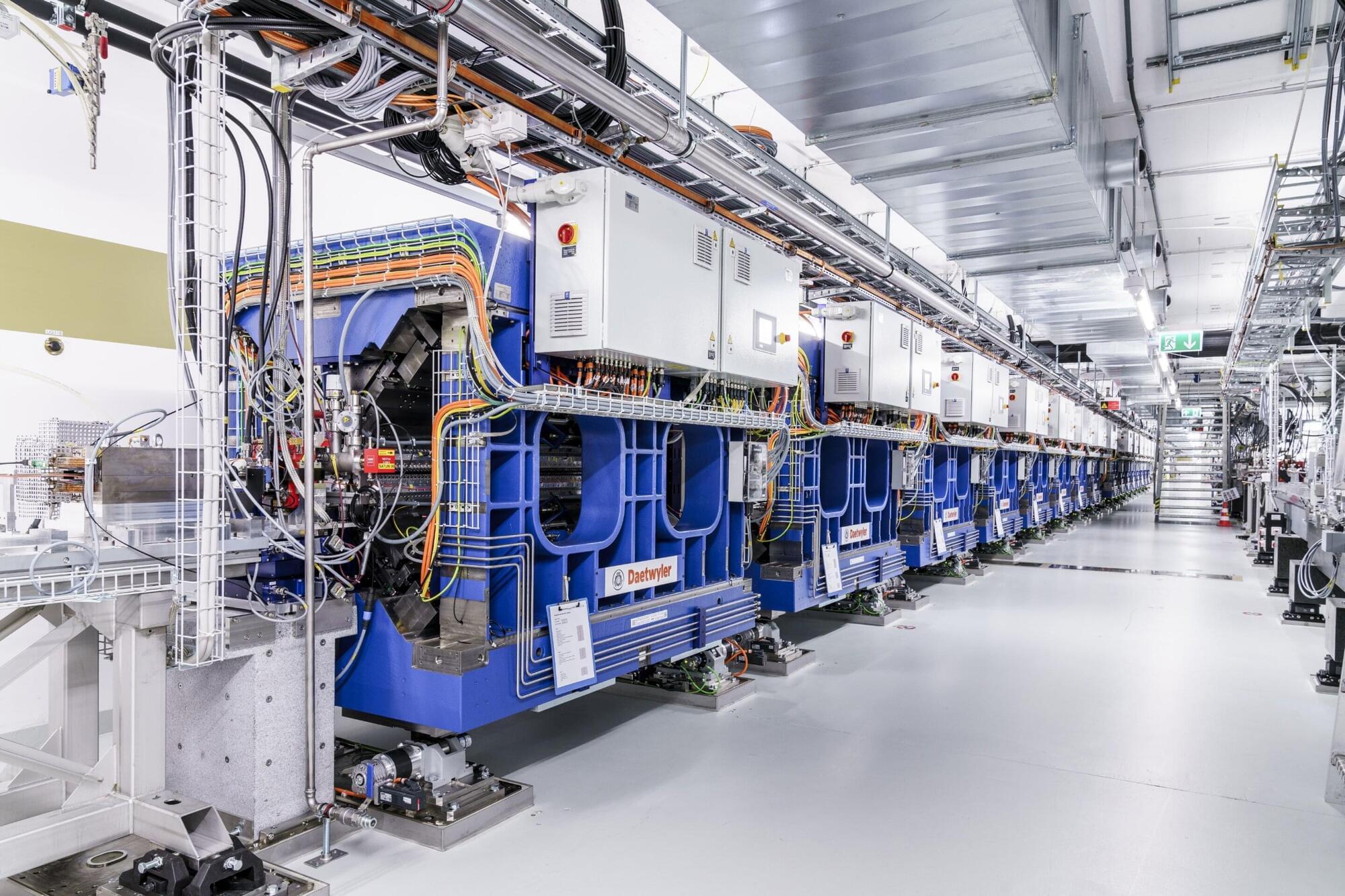You can’t see, feel, hear, taste or smell them, but tiny particles from space are constantly raining down on us.
They come from cosmic rays—high-energy particles that can originate from exploding stars and other extreme astrophysical events far beyond our solar system. When the rays collide with atoms high in Earth’s protective atmosphere, they trigger a cascade of secondary particles. Among the most important of these new particles are muons, which can pass through the atmosphere and even penetrate into the ground.
An invention by University of Delaware physics professor Spencer Axani called CosmicWatch is putting the science of muons in the palms of experienced scientists and high school students alike.
